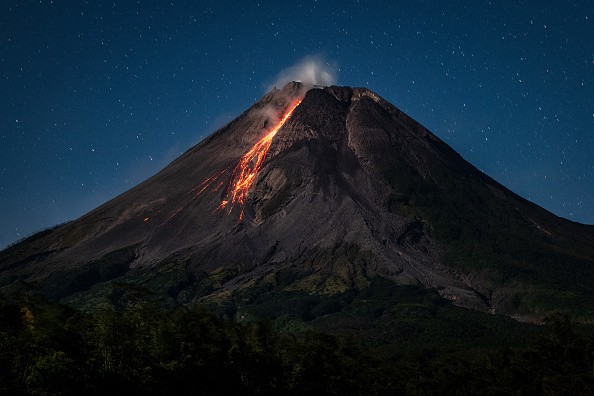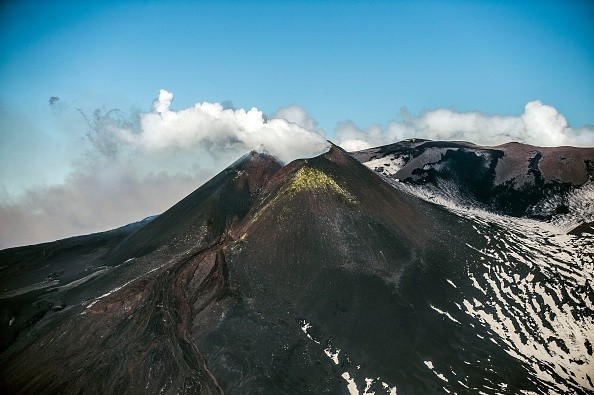When the people in the U.S. think of supervolcanoes, they are likely to think of Yellowstone. But people in New Zealand think of Taupo. Supervolcanoes are some 1,000 times greater than a normal volcano. The last supereruption on Earth was Taupo, about 25,000 years ago.

Taupo Supervolcano
Taupo has erupted less violently not less than 28 times since then, with the largest and most recent of these events taking place in 232 CE. A new study released this month confirms that Taupo is presently active and potentially hazardous.
The study - published on June 7, 2021 - disclosed that Taupo has an active reservoir of not less than 250 cubic km (60 cubic miles) of magma beneath its caldera. The researchers said some 20-30% of this magma is molten. The study followed a time of unrest around Taupo in 2019.
The caldera of Taupo volcano long ago filled with water and is presently a large lake in the center of North Island in New Zealand. A town of about 25,400 people as of June 2020 sits along a bay in the lake's northeastern shore. The lake and the town are both referred to as Taupo.
Also Read: Yellowstone Supervolcano Records 72 Earthquakes Last Month: Is Eruption Imminent?
Taupo Experienced Periods of Unrest
The peer-reviewed journal Geochemistry, Geophysics, Geosystems - a publication by the American Geophysical Union - released the new study on the 7th of June. In historical times, Taupo has experienced periods of unrest that involves abundant, at times damaging earthquakes and ground deformation.
One of these periods of unrest happened in 2019. Scientists used the locations and patterns of the earthquakes and ground deformation to conclude the presence of the active magma reservoir underneath the lake. They said that new magma being fed into this reservoir is what brought about the provoking of earthquakes in 2019.
"Our discoveries show that Taupo needs to be monitored carefully to get a better understanding of the processes at depth and the factors that might bring about similar unrest to escalate into an eruption in time to come," these scientists said in their paper.

Earth's Ring of Fire
New Zealand lies along Earth's Ring of Fire, a horseshoe-shaped swath surrounding the Pacific Ocean - 40,000 km (24,900 miles) long - dotted with volcanoes. Most of the earthquakes on Earth and volcanic eruptions takes place along the Ring of Fire. In 2019, Taupo wasn't the only volcanically active area in New Zealand.
The 2019 Whakaari, or White Island, eruption occurred on December 9, 2019. The island was a well-known tourist destination, and at the time 47 people were on the island.
Twenty-two people lost their lives in the explosion or from sustained injuries, including two whose bodies were never discovered and were declared dead later. A further 25 people were injured, with the majority in need of intensive care for severe burns, according to Wikipedia.
Related Article: Researchers Baffled by the Discovery of Enormous 'Supervolcano' Beneath Alaska
For more news, updates about supervolcanoes and similar topics don't forget to follow Nature World News!
© 2025 NatureWorldNews.com All rights reserved. Do not reproduce without permission.





